Imagine stepping into a world where education reaches students miles away from conventional schools, where radio waves and internet technology bridge vast distances. For travelers visiting Uluru, the Alice Springs School of the Air Guided Tour offers a rare glimpse into this innovative approach to rural education. At just over $11 per person, this 30-minute to one-hour experience is surprisingly affordable and packed with insightful stories that bring the remote Outback to life.
What we love about this tour is its engaging storytelling by knowledgeable guides who walk you through the evolution from radio broadcasts in 1951 to today’s high-tech virtual classrooms. Plus, the opportunity to sit in on a live lesson—even if it’s pre-recorded—is a real highlight, giving a tangible feel for how these students learn daily. On the flip side, the tour’s brief duration might leave some wanting more detail or a longer look at the classrooms and equipment.
This experience is perfect for anyone curious about how education adapts to Australia’s vast distances or those who enjoy seeing how technology can be used creatively in remote areas. If you’re traveling through Uluru and have even a slight interest in education, it’s a stop worth making.
Key Points
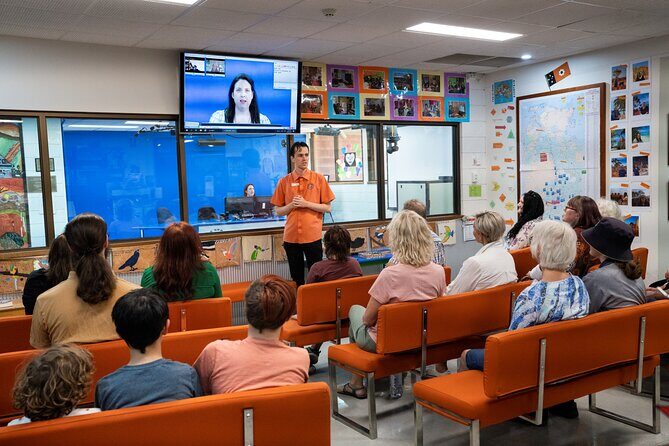
- Affordable and accessible: The ticket price of just over $11 offers excellent value for a fascinating behind-the-scenes look.
- Educational evolution: Learn how the school has transitioned from radio broadcasts to internet-based lessons.
- Live classroom experience: Watch a real or pre-recorded lesson, providing insight into daily student life.
- Expert guides: Knowledgeable staff make complex educational topics engaging and understandable.
- Community focus: Hear about how the school supports rural families, including those on cattle stations.
- Flexibility: The tour lasts about 45 minutes to an hour, fitting easily into any day’s plans.
The Experience: What to Expect on Your Visit
Appreciate having local insight? Here are other guided experiences in Uluru we've examined
Starting at the Visitor Centre
Your journey begins at the Alice Springs School of the Air Visitor Centre at 80 Head Street in Braitling. Here, the guides greet visitors warmly, eager to share the story of how this pioneering school came into being. As you enter, you’ll find yourself immersed in a space filled with memorabilia and historical exhibits that showcase the school’s fascinating history.
A short film offers a quick visual journey from the school’s radio days starting in 1951 to today’s internet-based classrooms. This visual storytelling really helps you understand the scope and significance of the school’s mission.
Learning the History and Transition
The guides do an excellent job explaining the school’s transformation over the decades. You’ll hear how radio was the first tool used to connect teachers with remote students, allowing lessons to reach children living in isolated cattle stations, mining communities, and Aboriginal settlements. As one reviewer noted, it’s “great to see how the school has transgressed from peddle power radio to state of the art internet.”
This evolution isn’t just about technology; it’s about community and resilience. The school remains dedicated to providing equal educational opportunities regardless of location, and guides share heartfelt stories about rural families who rely on this service to keep their children engaged and learning.
The Classroom Experience
The highlight of your visit is the opportunity to watch a live or pre-recorded lesson from one of the five broadcasting studios. Even if it’s a recorded session, it offers a rare peek into a typical classroom setting—teachers interacting with students, attending to questions, and guiding lessons with patience and professionalism.
Many visitors, including Rob G., commented that “it’s very interesting to see how the school is run, particularly after staying on a cattle station where the kids used this service.” If you’re lucky, you might see a lesson in progress, illustrating how technology bridges the vast distances of the Outback.
Memorabilia and Gifts
After the educational part, you’ll have time to browse the memorabilia and gift shop. Here, you can find souvenirs, educational materials, and local crafts, which support the school’s initiatives and help fund future programs.
Why This Tour Is Worthwhile
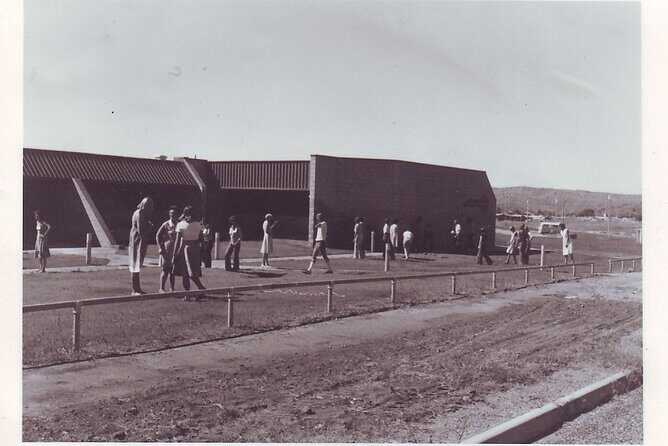
While the duration of this tour is short, the depth of insight you gain is surprisingly rich. The guides’ passion and expertise shine through as they explain complex concepts in an accessible way. The cost—just over $11—means it’s a very accessible experience with excellent value, especially given the unique perspective it offers on education in the Australian Outback.
The opportunity to see a real classroom in action, combined with the historical context and community stories, makes this a memorable stop. It’s perfect for families, educators, or travelers who want a meaningful, authentic experience that highlights Australian ingenuity and resilience.
Who Should Consider This Tour?
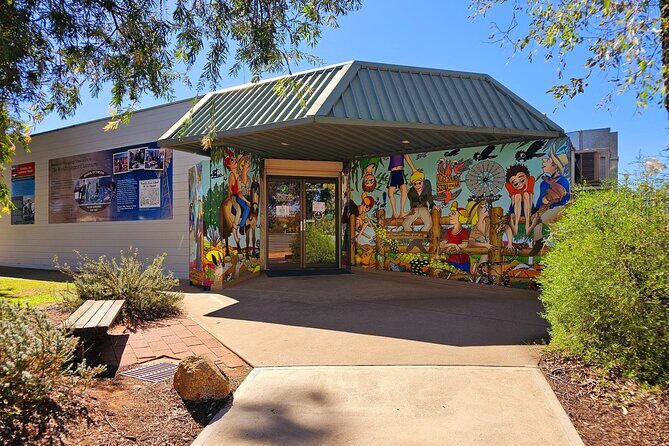
This experience is ideal for those interested in education, technology, or rural life in Australia. It also suits travelers who enjoy learning about local innovations and community efforts. If you’re traveling with children, they’ll likely find the live lesson and memorabilia interesting. It’s especially valuable for anyone curious about how remote communities stay connected and educated.
Practical Details
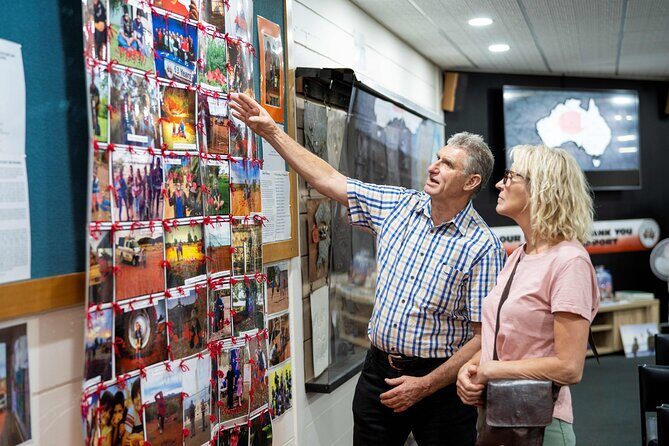
- Duration: Typically 45 minutes to 1 hour, making it easy to fit into a busy day of sightseeing.
- Price: $11.19 per person, which offers excellent value considering the quality and uniqueness of the experience.
- Booking: Confirmations are received immediately; booking 23 days in advance is common.
- Group Size: Max 50 travelers, so it’s personal enough to ask questions and feel engaged.
- Accessibility: Near public transport, service animals allowed, suitable for most travelers.
- Cancellation: Free up to 24 hours in advance, giving you flexibility if plans change.
Frequently Asked Questions
Is this tour suitable for children?
Yes, children are welcome, but they must be accompanied by an adult. Kids often find the live lessons and memorabilia engaging.
How long does the tour last?
The tour takes approximately 45 minutes to an hour, including viewing a live or pre-recorded lesson and exploring the exhibits.
What exactly do I see during the live lesson?
You will observe a lesson broadcast from one of the school’s five studios. It’s a real classroom scenario, showcasing how teachers interact with remote students.
Can I see the school when it’s not in session?
Yes, when the school isn’t holding live classes during weekends or holidays, a pre-recorded class will be shown.
Is the tour accessible for people with mobility issues?
Yes, the Visitor Centre is near public transportation and is accessible, with service animals permitted.
How does the school support remote families?
Guides share stories about students on cattle stations and in Aboriginal communities, highlighting the school’s vital role in keeping children connected to education.
Do I need to book in advance?
Booking ahead, especially about 23 days in advance, is recommended, but walk-ins may be accepted depending on availability.
Final Thoughts
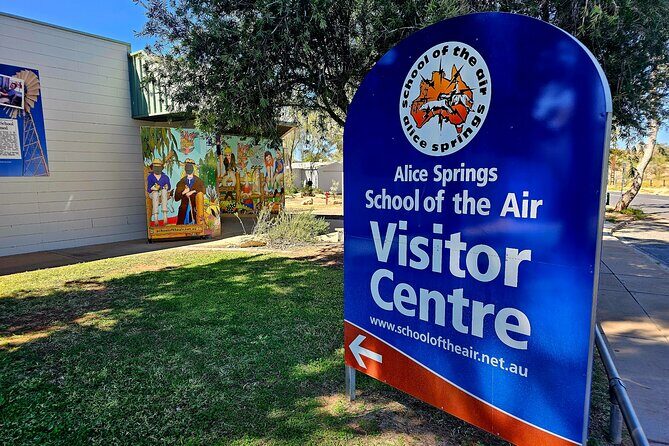
The Alice Springs School of the Air Guided Tour is a rare chance to see how Australian educators are tackling the challenges of teaching in some of the most isolated parts of the country. It’s a short but impactful experience that combines history, technology, and community spirit in a way that’s accessible and engaging.
If you’re interested in learning how innovation meets necessity or simply want a meaningful story to complement your Uluru visit, this tour offers a bright window into the resilience and ingenuity of rural Australia. For families, educators, and curious travelers alike, it’s a worthwhile stop that adds depth to your Outback journey.
To sum it up, this tour offers excellent value, fascinating insights, and a genuine connection to the remote communities it serves. It’s best suited for those with a curiosity about education, technology, or Australian life beyond the tourist hotspots. Pack your questions and an open mind—you’re about to learn how the Outback educates its future.
More Tours in Uluru
More Tour Reviews in Uluru
More Uluru experiences we've covered
- Uluru’s 3 Best BBQ Experiences: Which To Choose?
- Scenic Plane Flight: Lizard Safari
- Highlights of Uluru Including Sunrise and Breakfast
- Uluru, Kata Tjuta and Kings Canyon Camping Safari from Ayers Rock
- Afternoon Kata Tjuta Small Group Tour
- Best of Uluru & Segway
- Overnight Uluru Adventure
- Uluru Private Tour Aboriginal guided option
- 4 Day 3 Night Outback Escape from Ayers Rock
- Uluru Small Group Tour including Sunset
- Uluru (Ayers Rock) Sunset Tour
- Uluru Morning Guided Base Walk
